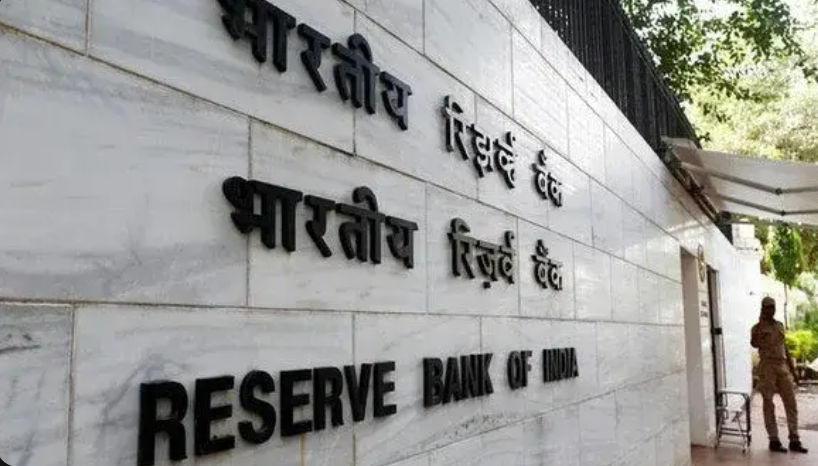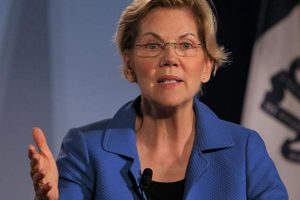The Governor of Reserve Bank of India (RBI) Shaktikanta Das on Friday announced that the Monetary Policy Committee (MPC) voted 5:1 to hike the benchmark interest rate by 50 basis points (bps) to 5.9% with immediate effect. The MPC is a committee formed by the Central Government and led by the Governor of RBI.
The monetary policy committee is responsible for determining the benchmark policy interest rate (repo rate) to restrain inflation within the particular target level. The repo rate serves as a standard for all other interest rates in the system.
Initially, the key decisions related to interest rates were taken by the Governor of RBI alone before the establishment of the committee. MPC was constituted under the Reserve Bank of India Act, 1934 as an initiative to bring more transparency and accountability in fixing the Monetary Policy of India.
Also Read| RBI hikes repo rate by 50 basis points to 5.90%
Three of the group’s six members are external. They serve a four-year term. One of the three internal members is the RBI Governor, who serves as the committee’s chair. The second internal representative is the deputy governor of the RBI who is in charge of monetary policy. One RBI official, chosen by the central board of RBI, serves as the third member. In most cases, the third member is the executive director in charge of monetary policy.
Also Read | Explained: Impact of RBI’s repo rate hike on deposits, loans
According to the amended RBI Act, the MPC must meet at least four times each year. The MPC meeting requires a quorum of four members. Each MPC member has one vote, and in the event of a tie, the Governor has a second or casting vote.
Also Read | RBI MPC Meet: 10 Key highlights from Governor Shaktikanta Das’ speech
The minutes of the MPC meetings, which contain the resolution voted by the MPC, the vote of each member on the resolution, and the comment of each member on the resolution passed, are published on the 14th day.
The RBI is obligated to issue a paper called the Monetary Policy Report once every six months to outline the sources of inflation and the inflation prediction for the next 6-18 months. Monetary policy’s key aim is to ensure price stability while still pursuing growth. A key prerequisite for sustainable growth is price stability.
Also Read | Sensex, Nifty near day’s high after RBI hiked repo rate by 50 basis points
The Reserve Bank of India (RBI) Act, 1934 was amended in May 2016 to provide a legal foundation for the execution of the flexible inflation targeting framework. The revised RBI Act also requires the Government of India, in conjunction with the Reserve Bank, to determine the inflation objective once every five years.
Also Read | RBI MPC meet: Home loan EMIs to get costly as central bank hikes repo rate
As a result, the central government declared 4% Consumer Price Index (CPI) inflation as the objective for the period August 5, 2016, to March 31, 2021, with an upper tolerance limit of 6% and a lower tolerance limit of 2%.
Also Read | RBI monetary policy committee meet: An overview
The central government on March 31, 2021, maintained the inflation target and tolerance zone for the next five years, from April 1, 2021, to March 31, 2026.






